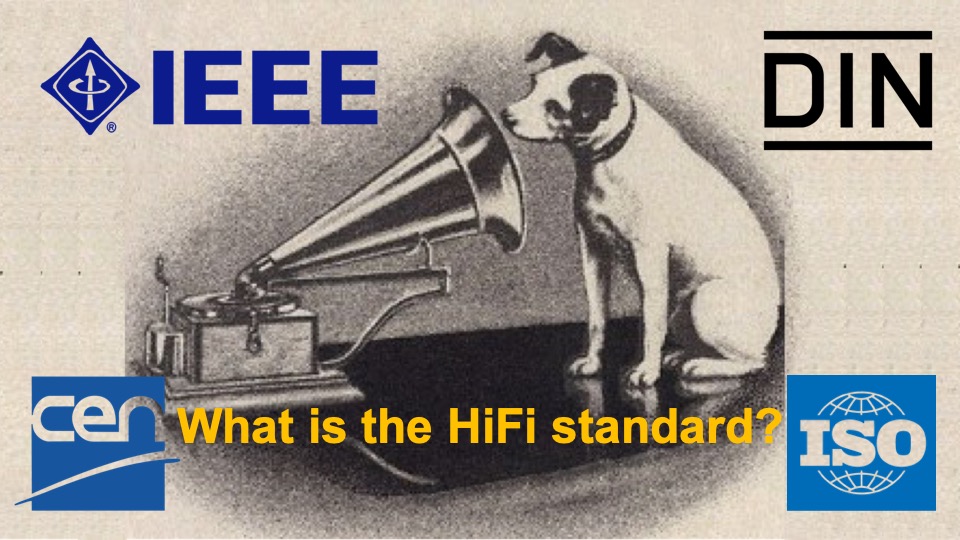- Thread Starter
- #61
I only have one justification for such specs: there are already products that meet these specs and exceed them in many case.You wonder if it's time to publish guidelines, but in practise you're already applying them in your reviews. So it would indeed be more transparent to summarise and publish them. That would also support the public discussion about the validity of the criteria. As such it would also be nice to document the rationale with each criterium.
Let me give another example. I reviewed a dongle that got great recommendation from me. Company then makes a "Pro" version which output half as much power!!! They were quite surprised when I told them they went backward. Even after seeing the review, they had not internalized what was it that was great about their own products.



